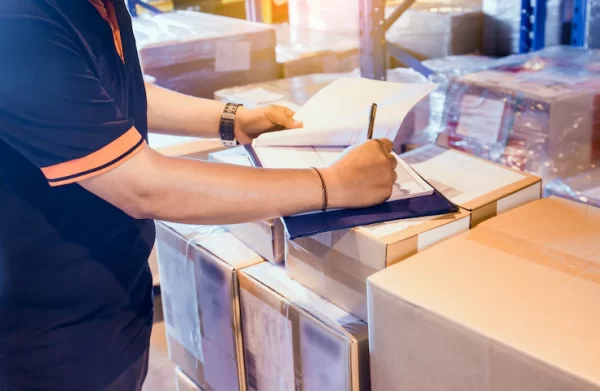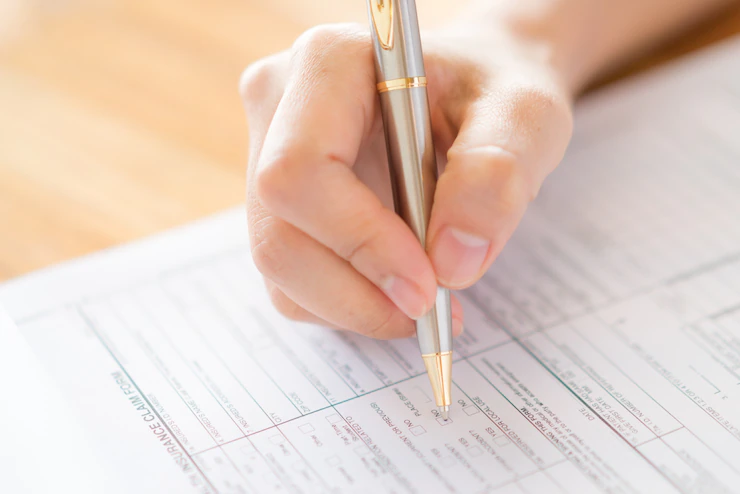Customs Cottage
Customs cottage is one of the necessary formalities for customs clearance. When we intend to clear goods from customs, we have to go through many different steps. One of these steps is to register a statement in the EPL system. After the goods are registered, the said declaration is locked in the system, which is called a customs cottage.
By registering the declaration and locking it in the EPL system, a unique number is assigned to the owner of the goods, which is assigned to the same declaration and the same goods. This number is called declaration serial or cottage number. We have the process of registering a declaration and receiving a cottage number for all goods, both imported and exported. If we use a cottage in the comprehensive customs system for export, it will be an export cottage and if it is for importing goods, it will be an import cottage.
Application of Customs Cottage
Considering the importance of export and import processes in the field of business, these steps should be carried out according to specific and predetermined rules and principles.
In this regard, customs clearance is considered as one of the necessary and necessary items to complete the export and import process and finally clearance of goods from customs.
Cottage is the result of registration of export and import declarations, without which it is not possible to complete customs formalities. The cottage number is an 8-digit code that we need during all the steps, from the moment of loading to the time of discharge. Carrying out things such as inspecting the goods, following up the formalities, getting the necessary permits, transporting the goods, etc. are among these steps that cannot be done without the cottage number.
1. Specifying Export and Import
Customs declarations are filed for specific purposes. One of these goals is to check and determine whether the goods are imported or exported. By registering these declarations, the customs organization is aware of the goods entering the country and the goods leaving the country. The cottage code, which is obtained as a result of registering the declaration, makes it possible to compare the amount of import and export with the registered declarations and make sure of its authenticity.

2. Review of Goods
By using the customs cottage, it is possible to review imported goods after customs clearance. It is also possible to check and follow up the clearance process from the beginning to the end.
3. Track Goods
We may wish to have information about the company that clears our goods. Using this 8-digit code, we can get the information we need.
4. Settlement of Foreign Exchange Obligations
One of the requirements of the exporters is to return the resulting currency to the country in one of the following 4 ways:
1. The currency obtained from the export should be offered by banks and exchanges in the NIMA system.
2. Using the resulting currency, action should be taken to import goods.
3. A part of the currency obtained from exports should be available to importers.
4. A part of the obtained currency can be traded in the form of banknotes in banks and exchanges.
According to the aforementioned cases, one of the ways to resolve foreign exchange obligations is mutual import; It means import versus export. For this purpose, either the exporter himself can take action or provide this opportunity to another person. In any case, in both cases, it is necessary to have the cottage number.

Up To Sum
Customs cottage number is one of the items and requirements for customs clearance. In addition, it provides the possibility for the customs organization to supervise the process of export and import of goods.


